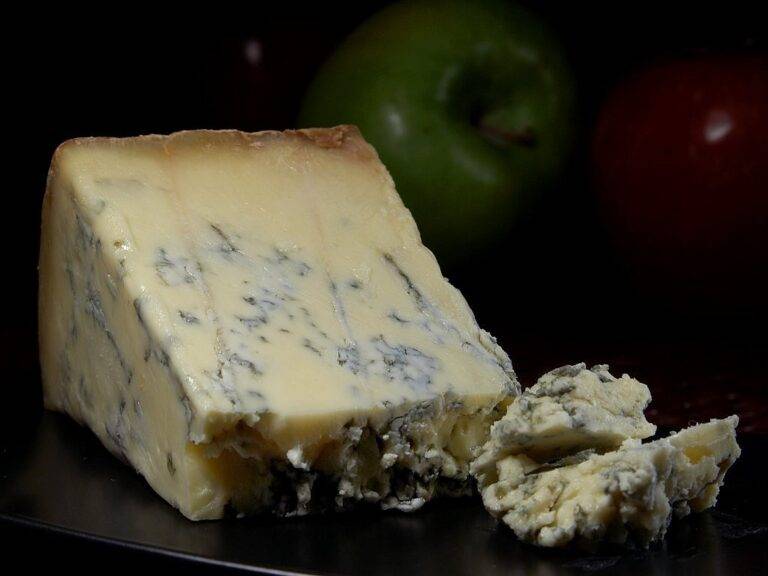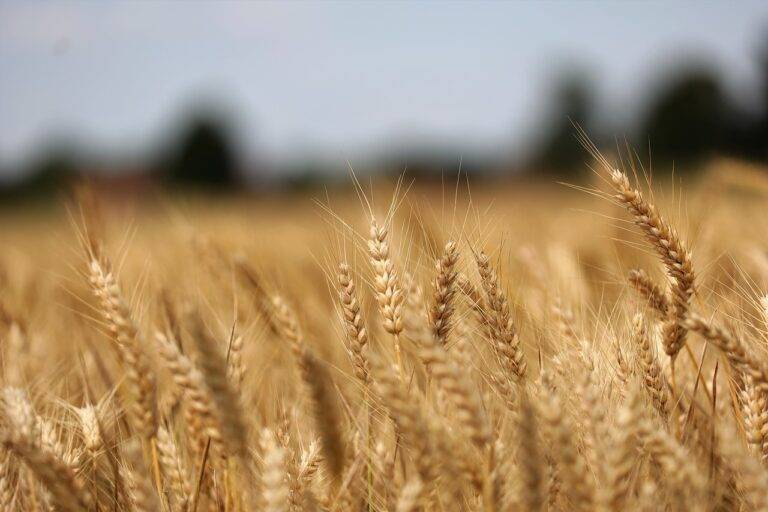Food and Culture: How They Shape Each Other
Food is an essential element that reflects the cultural identity of a society. The ingredients used, cooking techniques, and even the way meals are enjoyed all play a role in showcasing the traditions and values of a particular culture. Through food, one can uncover a wealth of information about a community’s history, beliefs, and social interactions.
Culinary practices are deeply ingrained in the cultural heritage of a group of people, shaping their daily lives and special occasions. In many cultures, the act of preparing and sharing meals is considered a communal experience that fosters connections and strengthens bonds among individuals. By examining the types of dishes preferred and the rituals associated with eating, one can gain insights into the customs and norms of a society.
The Influence of Geography on Culinary Traditions
Geography plays a crucial role in shaping culinary traditions around the world. Whether it’s the availability of ingredients or the climate that dictates what can be grown, the land itself is a key player in what ends up on our plates. In regions with fertile lands and abundant seafood, it’s common to find dishes that highlight these resources, like fresh salads in Mediterranean countries or sushi in coastal areas of Japan.
Moreover, the landscape also influences the cooking methods and techniques used in different regions. For example, in mountainous areas where firewood is scarce, slow-cooking methods like stewing or roasting are prevalent. On the other hand, in hot and arid regions, quick-cooking methods like grilling or frying are preferred to avoid heating up the kitchen for extended periods. Ultimately, geography acts as a silent but powerful force that shapes the way we eat and the foods we consider staples in various cultures.
How does geography impact culinary traditions?
Geography plays a significant role in shaping culinary traditions by influencing the availability of ingredients, climate conditions, and local cultural practices related to food preparation.
Can you give examples of how geography affects culinary traditions?
Sure! For example, coastal regions often have a strong emphasis on seafood in their cuisines due to proximity to the ocean, while mountainous regions may have dishes that feature hearty meats and stews due to the colder climate.
Why is it important to consider geography when studying culinary traditions?
Understanding the influence of geography on culinary traditions helps to provide insight into the historical, cultural, and environmental factors that have shaped the way people eat and cook in different regions around the world.
How do chefs and food enthusiasts incorporate geography into their culinary creations?
Chefs and food enthusiasts may source local ingredients, draw inspiration from traditional dishes of a particular region, or even travel to different parts of the world to learn about unique cooking techniques and flavor combinations influenced by geography.
What can we learn from studying the influence of geography on culinary traditions?
Studying the influence of geography on culinary traditions can help us appreciate the diversity of food cultures around the world, gain a deeper understanding of the interconnectedness between food and geography, and even inspire us to explore new tastes and flavors from different regions.





